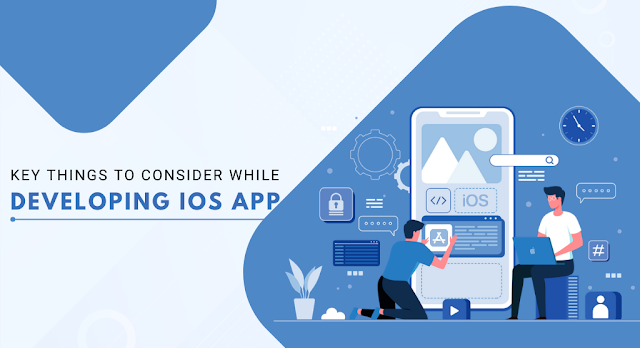The rapid evolution of Smart TV technology has transformed how people consume digital content, providing seamless access to streaming services, gaming, and internet browsing. However, this connectivity also introduces significant security and privacy challenges.
Smart TVs often collect vast amounts of user data, including viewing habits, voice commands, and personal credentials, making them attractive targets for cybercriminals. With the increasing number of cyber threats targeting IoT devices, including Smart TVs, it is crucial for developers to implement robust security measures to protect user data.
Market Insights & Industry Data
- Smart TVs account for over 70% of global TV sales, with 1.1 billion connected devices worldwide as of 2024.
- Over 40% of Smart TV users express privacy concerns, particularly regarding unauthorized data collection.
- Smart TV cyberattacks increased by 35% year-over-year, according to a 2023 McAfee cybersecurity report.
Key Security Risks in Smart TV Apps
1. Unauthorized Data Access
Smart TVs collect sensitive user data, including search history and credentials. If not properly secured, malicious actors can exploit vulnerabilities to gain unauthorized access.
Case Study: In 2019, a major Smart TV brand was fined under GDPR for tracking user behavior without explicit consent.
2. Insecure API Endpoints
APIs facilitate data exchange in Smart TV apps, but poorly secured endpoints can be exploited through Man-in-the-Middle (MitM) attacks, leading to data breaches.
3. Lack of Data Encryption
Without strong encryption, transmitted data (such as login credentials) is vulnerable to interception, increasing the risk of identity theft.
Industry Insight: 70% of IoT applications lack sufficient encryption protocols.
4. Vulnerabilities in Third-Party SDKs
Many Smart TV apps integrate third-party SDKs for analytics, ads, and other functionalities. If these SDKs have security flaws, they can compromise the entire application.
5. Weak Authentication & Authorization
Without Multi-Factor Authentication (MFA) and token-based authentication, unauthorized users can easily access accounts.
6. Malware & Phishing Attacks
Malicious apps can disguise themselves as legitimate ones, tricking users into providing personal information or installing harmful software.
1. Excessive Data Collection
Some Smart TV apps collect more data than necessary, violating data minimization principles and increasing privacy risks.
2. Lack of Transparent Privacy Policies
Users need clarity on what data is collected and how it is used.
Legal Insight: In 2021, a leading Smart TV brand was fined $2.2 million for failing to inform users about its data collection practices, violating the California Consumer Privacy Act (CCPA).
3. Tracking & Behavioral Advertising
Many Smart TVs use tracking for targeted ads, often without explicit user consent, violating regulations such as GDPR & CCPA.
4. Microphone & Camera Exploits
Voice-controlled Smart TVs and built-in cameras can be vulnerable to remote activation, posing serious surveillance risks.
Security Incident: In 2020, reports surfaced that hackers could remotely activate microphones on certain Smart TV models.
Best Practices for Enhancing Security & Privacy
1. Implement End-to-End Encryption
- Use SSL/TLS (HTTPS) for all data transmissions.
- Encrypt stored user data to prevent unauthorized access.
2. Secure API Development
- Use OAuth 2.0 for authentication.
- Implement API rate limiting to prevent DDoS attacks.
- Validate and sanitize inputs to prevent injection attacks.
3. Adopt Strong Authentication Mechanisms
- Require Multi-Factor Authentication (MFA) for logins.
- Use token-based authentication to manage sessions securely.
4. Follow Privacy by Design Principles
- Collect only necessary user data.
- Offer clear opt-in/opt-out options for data collection.
- Ensure compliance with GDPR, CCPA, and other privacy laws.
5. Conduct Regular Security Audits & Penetration Testing
- Perform routine security testing to identify and patch vulnerabilities.
6. Secure Third-Party SDKs & Dependencies
- Use only trusted SDKs and regularly update them to patch security flaws.
7. Ensure Robust User Permissions Management
- Request only essential permissions for app functionality.
- Provide users with granular control over permissions.
8. Monitor & Log Security Events
- Implement real-time security monitoring and logging to detect threats.
Conclusion
As Smart TVs become increasingly integrated into daily life, ensuring their security and privacy is essential. Developers must prioritize strong encryption, secure authentication, and regulatory compliance to protect users from evolving cyber threats. By implementing proactive security measures and conducting regular audits, developers can mitigate risks, safeguard user data, and build trust in the digital ecosystem.




Great insights! Security and privacy are crucial in smart TV app development, and this piece does a great job highlighting the key considerations mobile app developers must keep in mind to protect user data and ensure a safe viewing experience. Well done!
ReplyDeleteMobile App Development Company in Dubai UAE
ReplyDelete